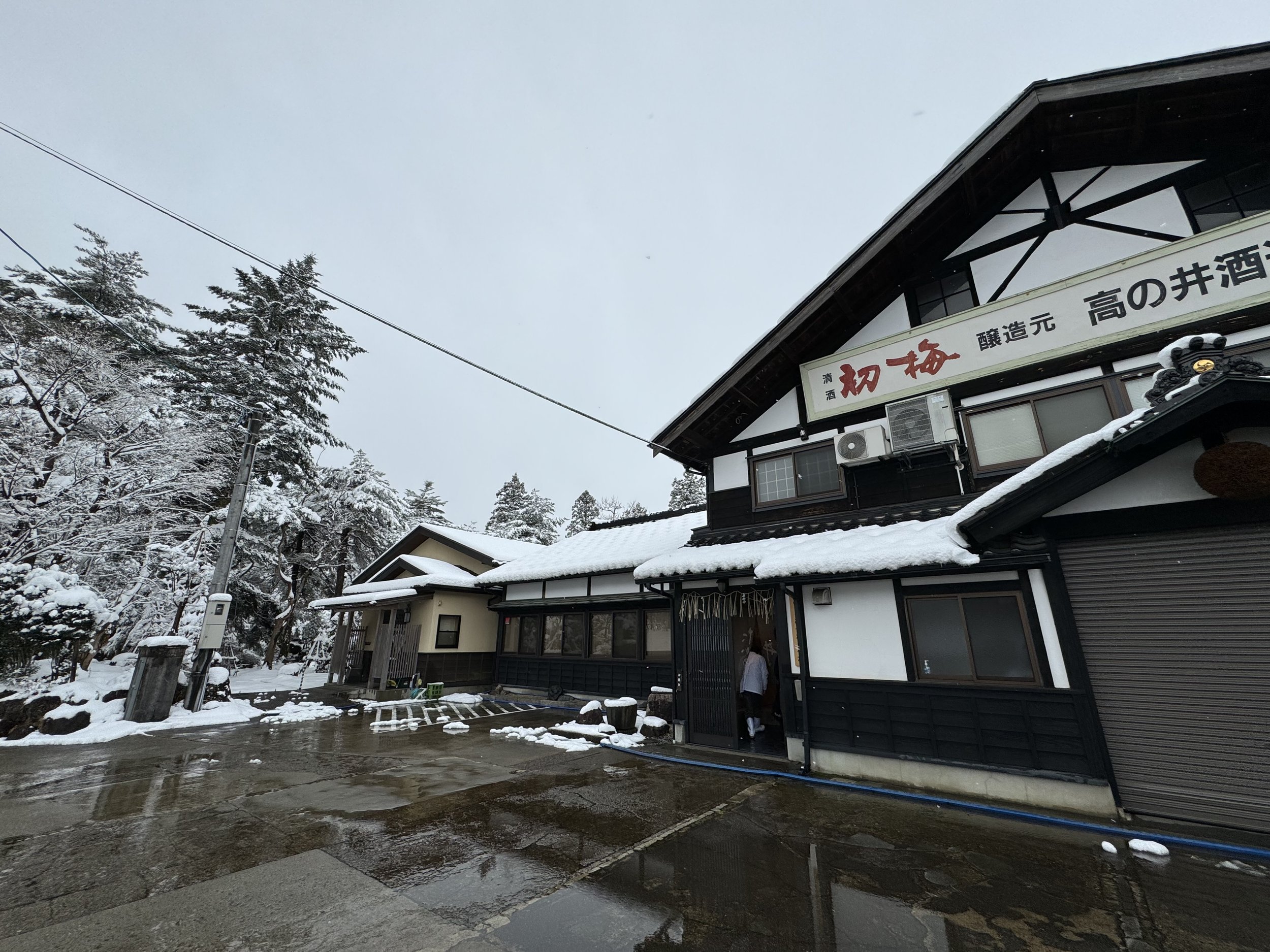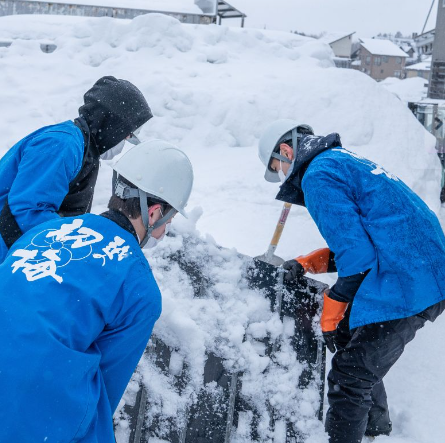
Takanoi-shuzo
Heritage and Innovation
Rooted in the heavy snow region of Niigata, Ojiya town, Takanoi-Shuzo stands as a pioneering sake brewery that has continued since the 18th century.
They are the origin of the snow-ageing technique, creating a one-of-a-kind flavour that is unique to Takanoi.
Their journey to this day was not smooth sailing, facing many inevitable misfortunes. However, every time they were reborn and evolved even stronger.
Their sake now is some of the best in Japan and is internationally recognised.

Perseverance and Resurgence
The legacy of Takanoi-shuzo, which began in the late Edo period, is steeped in resilience and innovation.
Devasted by a massive fire in 1937, the brewery’s historical records and the brewery itself were obliterated erasing much of its documented story. Their origin is now a lost history that will never be found.
Despite their rebirth in half a year, the subsequent wartime rice shortages posed further challenges and suspended their sake production.
Yet again,15 years later, they demonstrated remarkable resilience and emerged even stronger.
Its name, Takanoi is a tribute to its origin in Takanasi town and the "well" (井), signifies a deep connection to their origins.
Today, their sake is the product of overcoming adversity and some of the finest in Japan.
Ageing sake in snow, which is now widely implemented by many breweries was initially created by Takanoi.
Inspired by the traditional custom of preserving vegetables in snow, they first experimented just out of curiosity.
Aged in Snow: Creativity and Progression
Deep under the snow, there is a perfect condition. Snow purifies the air, the temperature stays chill and is constant, isolated from the outside world.
The creation is a unique flavour profile that is sweet, mild, and dense, yet remarkably clear and fresh finish through your throat.
The Art of Handcraft and Natural Process
Kimoto is a wholly natural fermentation process that has long been used in traditional sake brewing.
In the fermentation process, lactic acid plays a crucial role as it prevents the growth of unwanted bacteria which interrupt the work of Koji bacteria and creates an odd flavour.
As modern brewing technology emerged, 90% of sake production now relies on artificial lactic acid.
Kimoto method sources naturally occurring lactic acid directly within the brewery’s environment by encouraging the contact of the air with sake. This requires meticulous monitoring and control to remove the unwanted bacteria from the entire production room.
Fostering this site-specific fermentation is a true reflection of the mastery and dedication to creating one-of-a-kind sake at Takanoi.

Only in Niigata
From the snow water to locally sourced Niigata-exclusive rice, Takanoi fosters a deep connection with their region’s culture to create taste only from Takanoi
Even two of the best sake rice, Gohyakumangoku and Yamadanishiki, have their flaws: prone to cracking, and vulnerable to cold climates.
To overcome these, Koshitanrei was born in 2007.
Thriving against the cold, only those who survived hard winter turn into Sake expressing its tenacity in the flavour.
Permitted to be used by breweries only from Niigata, Koshitanrei creates a premium character unique to the region.







